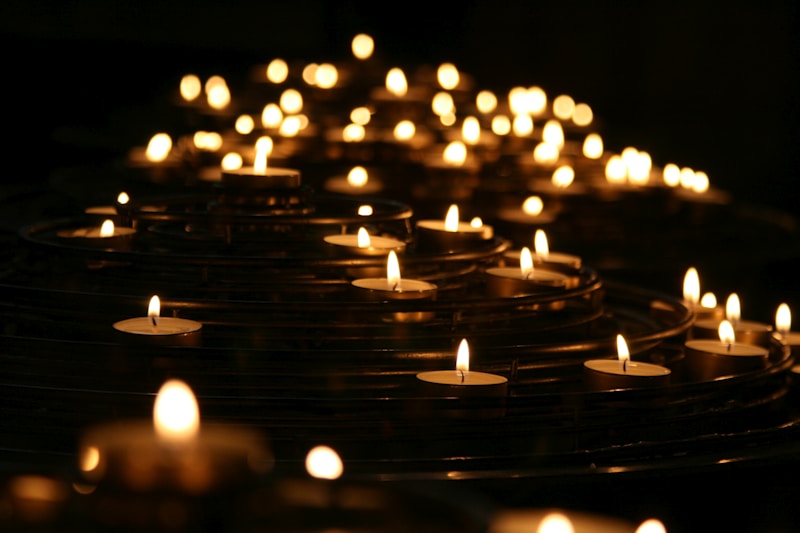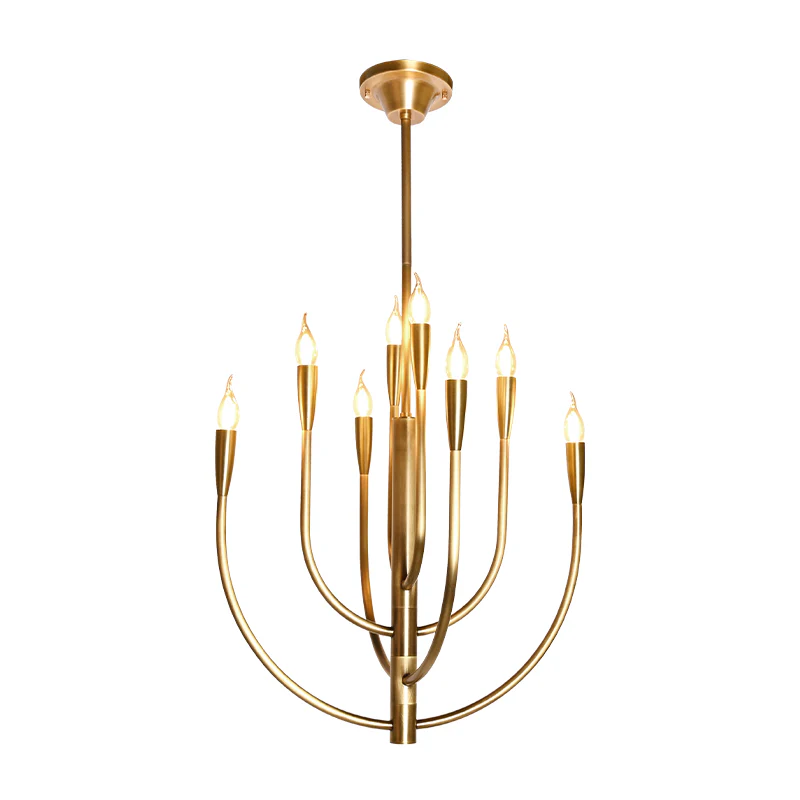Illuminate Your Workspace: The Importance of Task Lighting
Illuminate Your Workspace: The Importance of Task Lighting
Understanding Task Lighting
In today’s fast-paced world, having the right lighting in your workspace is essential for productivity and comfort. One of the key aspects of achieving optimal lighting is through the use of task lights. Task lighting provides focused illumination in areas where you need clarity and concentration, making it an invaluable addition to any office, study, or creative space.
What is Task Lighting?
Task lighting is a type of lighting designed specifically for performing tasks that require attention to detail, such as reading, writing, or working on crafts. It differs from ambient lighting, which serves to illuminate the entire room, and accent lighting, which is used to highlight specific features or decor. Task lights can come in various forms, including desk lamps, Floor lamps, and under-cabinet lighting, to meet individual lighting needs.
Benefits of Task Lighting
Implementing effective task lighting offers several advantages:
- Improved Visibility: Proper task lighting ensures that you can see your work clearly, reducing the risk of eye strain.
- Enhanced Focus: A well-lit workspace can enhance concentration, leading to higher productivity.
- Energy Efficiency: Task lights allow you to focus on lighting specific areas without wasting energy on unnecessary overhead lights.
- Design Versatility: Task lights come in various designs, making it easy to match your workspace aesthetic.
Choosing the Right Task Light
Selecting the perfect task light can significantly affect your comfort and efficiency. Here are some factors to consider:
| Factor | Considerations |
| Light Source | LED Lights are energy-efficient and long-lasting, while incandescent bulbs offer warm lighting. |
| Adjustability | Look for lamps with adjustable arms or heads to direct light where it’s needed most. |
| Brightness | Choose a lamp with adjustable brightness settings to match different tasks. |
| Style | Consider how the design of the task light fits into your overall workspace aesthetic. |
Popular Types of Task Lights
Here are a few common types of task lights you might consider for your workspace:
- desk lamps: Ideal for reading or working on a computer, they provide focused light on a small area.
- Floor lamps: Great for larger spaces, Floor lamps can bring light to areas without overhead fixtures.
- Clip-On Lamps: These are versatile and can be attached to shelves or desks for optimal lighting without taking up much space.

Effective Use of Task Lighting in Different Settings
Task lighting can be beneficial in various settings, and understanding how to use it effectively is key. Here are some tailored examples:
Home Office
In a home office, a flexible desk lamp is essential for reading reports or working on tasks that require precision. Consider placing your lamp on the opposite side of your dominant hand to minimize shadows. For instance, if you are right-handed, position the light to the left of you.
Craft Room
For hobbies requiring intricate work, such as sewing or painting, a bright, adjusTable lamp can illuminate small details. A magnifying lamp can also be beneficial to provide both light and magnification for detailed work.
Reading Nook
In a cozy reading nook, a soft light from a Floor lamp can create a warm ambience while providing sufficient illumination for reading without straining your eyes.
Task Lighting and Well-being
Proper lighting is not just about visibility; it also significantly impacts your mood and health. Studies have shown that inadequate lighting can lead to fatigue, headaches, and decreased motivation. In contrast, effective task lighting can enhance your workspace, making it more inviting and comfortable.
Maintaining Eye Health with Task Lighting
To protect your eyes while working, consider the following tips:
- Position your task light to reduce glare on monitors and reflective surfaces.
- Take breaks regularly to rest your eyes.
- Adjust your lighting to fit the task at hand, avoiding overly bright or dim settings.
Frequently Asked Questions
What is the best color temperature for task lighting?
The optimal color temperature for task lighting generally ranges from 4000K to 5000K, which provides a bright, clear light that mimics natural daylight.
How much task lighting do I need for my workspace?
A good rule of thumb is to have around 50-100 lumens per square foot for work areas; adjust based on personal comfort and specific tasks.
Are LED task lights better than traditional bulbs?
Yes, LED task lights are more energy-efficient, last longer, and typically offer adjustable brightness and color temperature options, making them a better choice for most users.
Conclusion
Investing in the right task light can significantly enhance your productivity, comfort, and overall well-being. By choosing a design that suits your workspace and implementing it effectively, you can create an optimal environment for focusing on your tasks. Remember to consider your personal needs, whether you need a bright desk lamp for detailed work or a warm Floor lamp for relaxation. With the right task light, your workspace can become a haven of productivity.
Final Consideration: Always evaluate your lighting needs based on the tasks at hand, and don’t hesitate to experiment with different types and styles of task lights to discover what works best for you!
